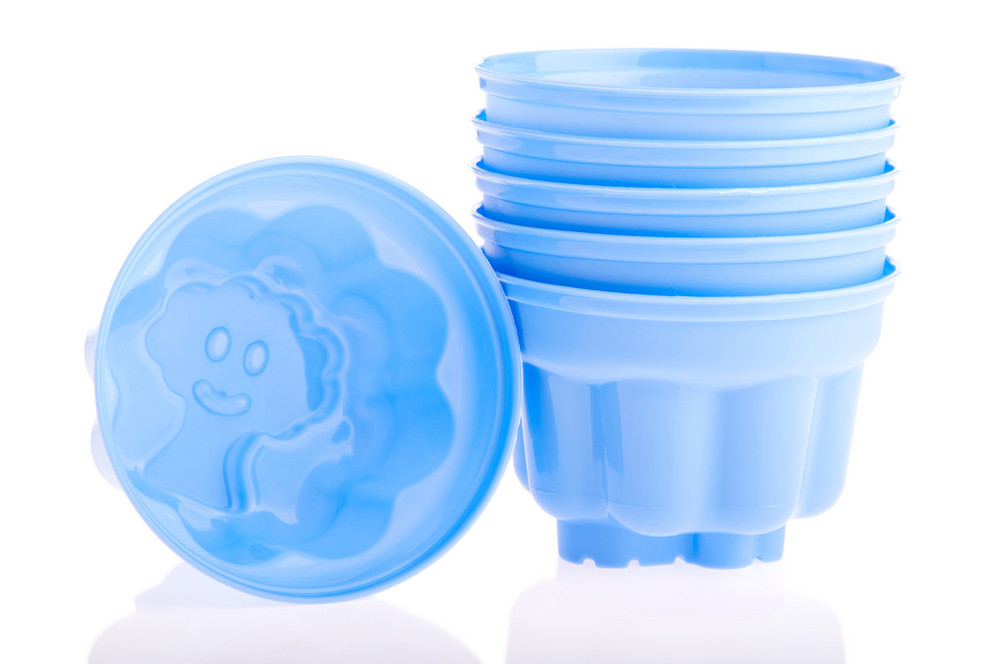According to Fortune Business Insights, the global plastic injection molding market size was USD 343.23 billion in 2020. This is a very successful industry that continues to grow. One of the most important steps in plastic injection molding is choosing the right molding material. Each material has its own advantages, disadvantages, grades, and typical applications. Here are some of the most common materials for injection molding.
Polypropylene
This is an additional polymer that displays impressive chemical and moisture resistance. It’s very tough and highly flexible. Apart from that, it displays excellent electrical insulation. All these factors make polypropylene ideal for different injection molding applications. It’s mostly used by plastic injection molding companies for plastics meant to be used in the food packaging industry. It’s easy to clean and wash since it won’t be damaged by water and chemicals.
Acrylonitrile Butadiene Styrene
This material is an opaque thermoplastic that displays superior toughness, impact resistance, scratch resistance, and good dimensional stability. It’s mainly used to make components for the electronics industry. For instance; it’s one of the materials used for computer keyboards, phone adapters, power toll-housings, wall socket plastic guards, and toys. This is one of the injection molding materials that possess the strength and agility needed for use in electronics.
Nylon
Also known as Polyamide, Nylon is one of the best synthetic thermoplastics. It provides good thermal and chemical resistance. It’s also very tough. However, because of how bitter it is, plastic injection molding companies only use nylon for applications like bushings, mechanical parts, bearings, and other parts used in the electrical and automotive industries. The only downside of using nylon is how expansive it is. Fortunately, engineers have found ways to avoid this and ensure that it’s molded easily and efficiently.
Acrylic
Commonly known as Plexiglass, acrylic is a transparent thermoplastic homopolymer that displays superior scratch and impact resistance. It also shows considerable tensile strength. This makes it suitable for use as an alternative to glass. Some plastic injection molding companies also use it to make windows, transparent walls, doors, fashion accessories, and display product lenses. In the construction industry, acrylic is used for lighting equipment.
These are some of the most popular injection molding materials. Are you interested in injection molding? Get in touch with us today so we can discuss how to meet your needs. We would love to hear from you.



